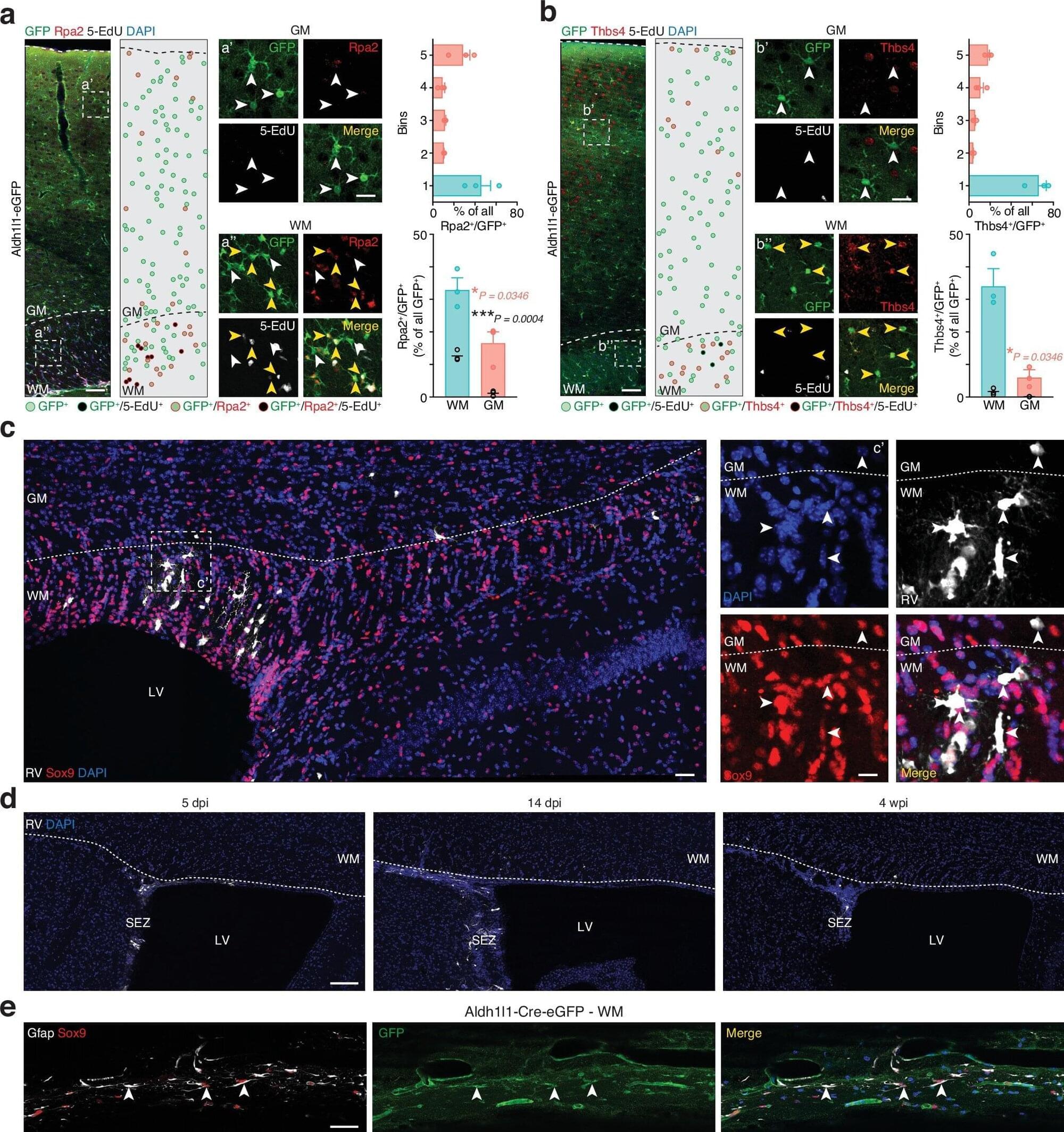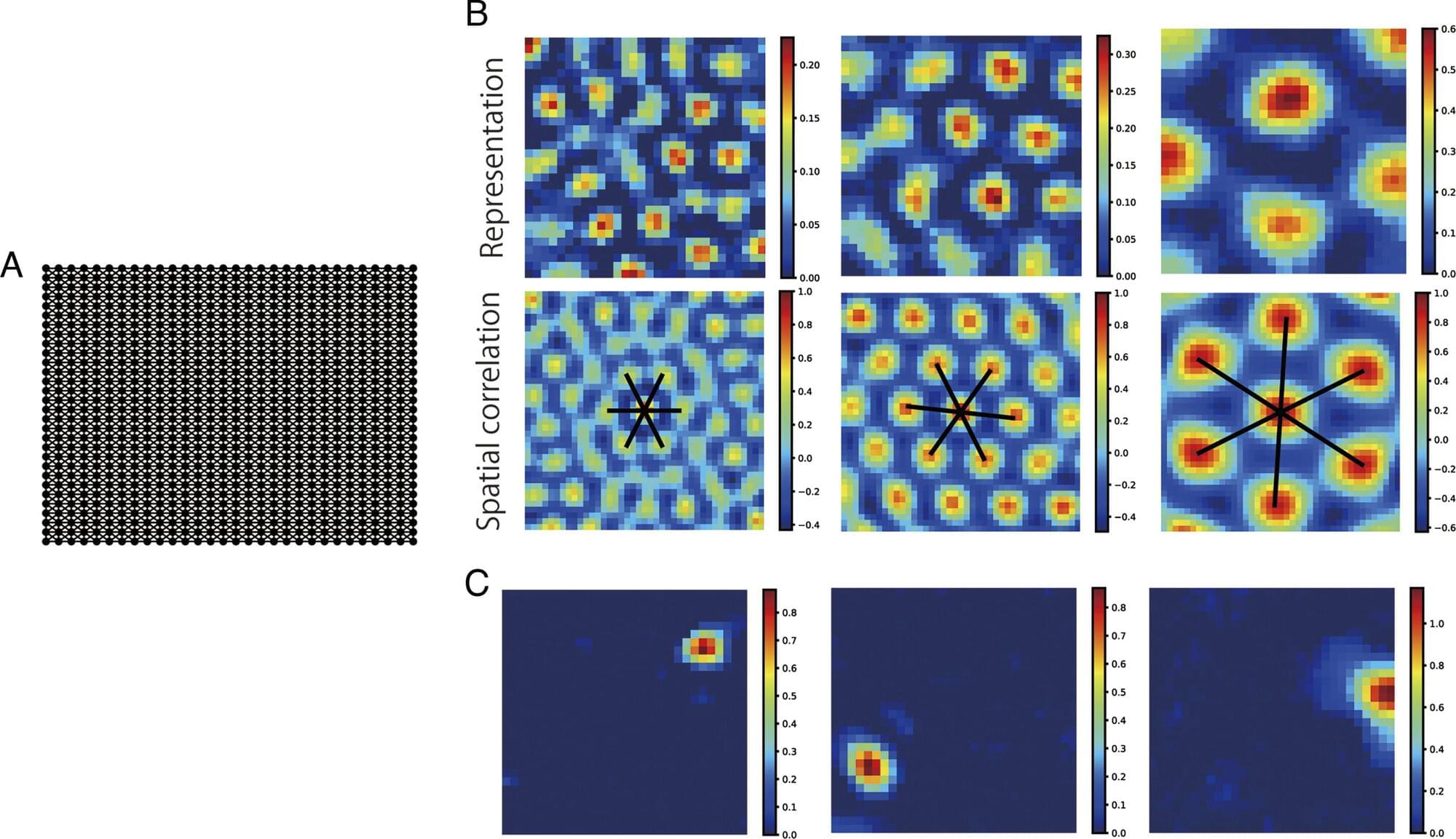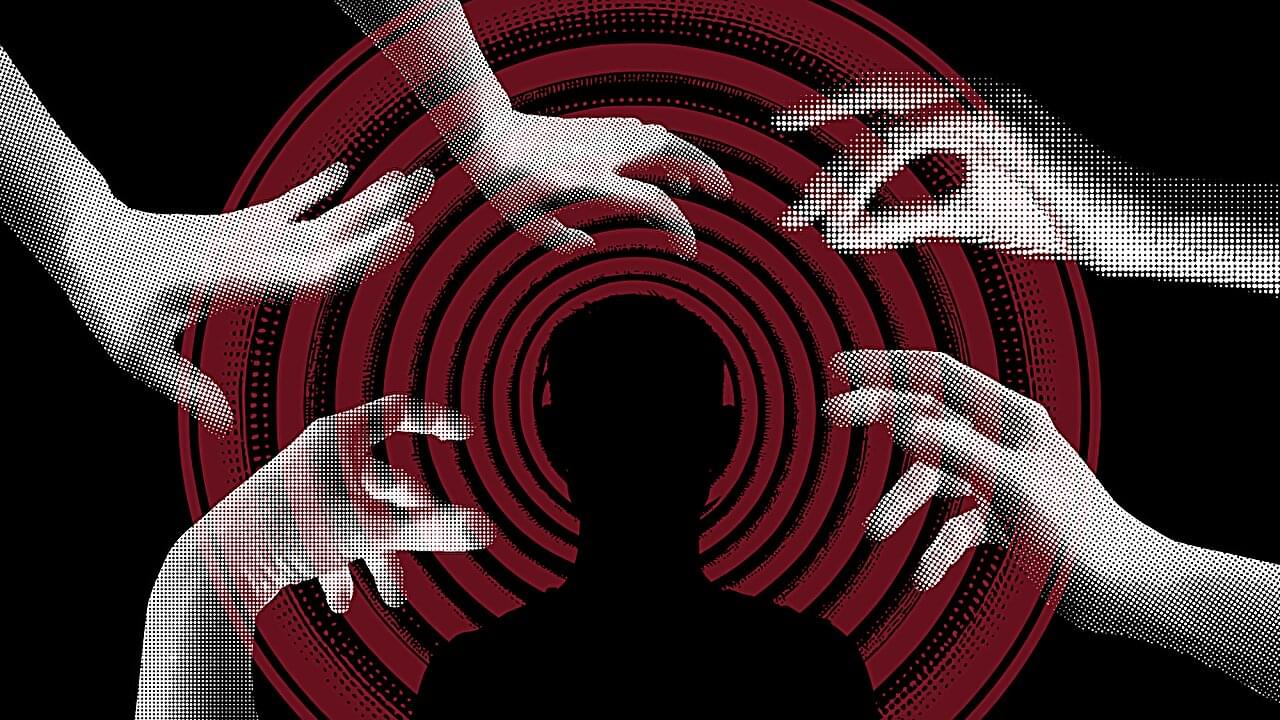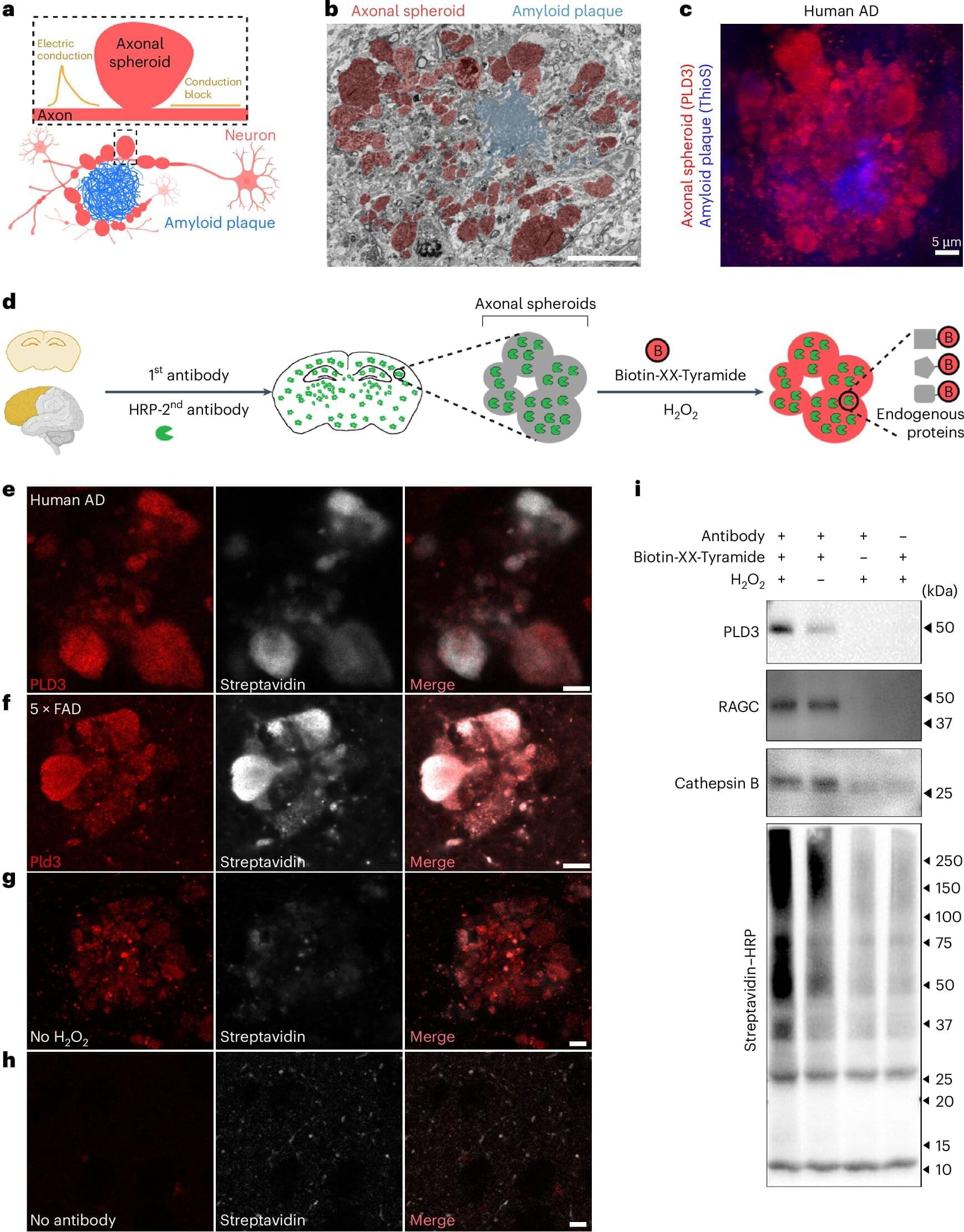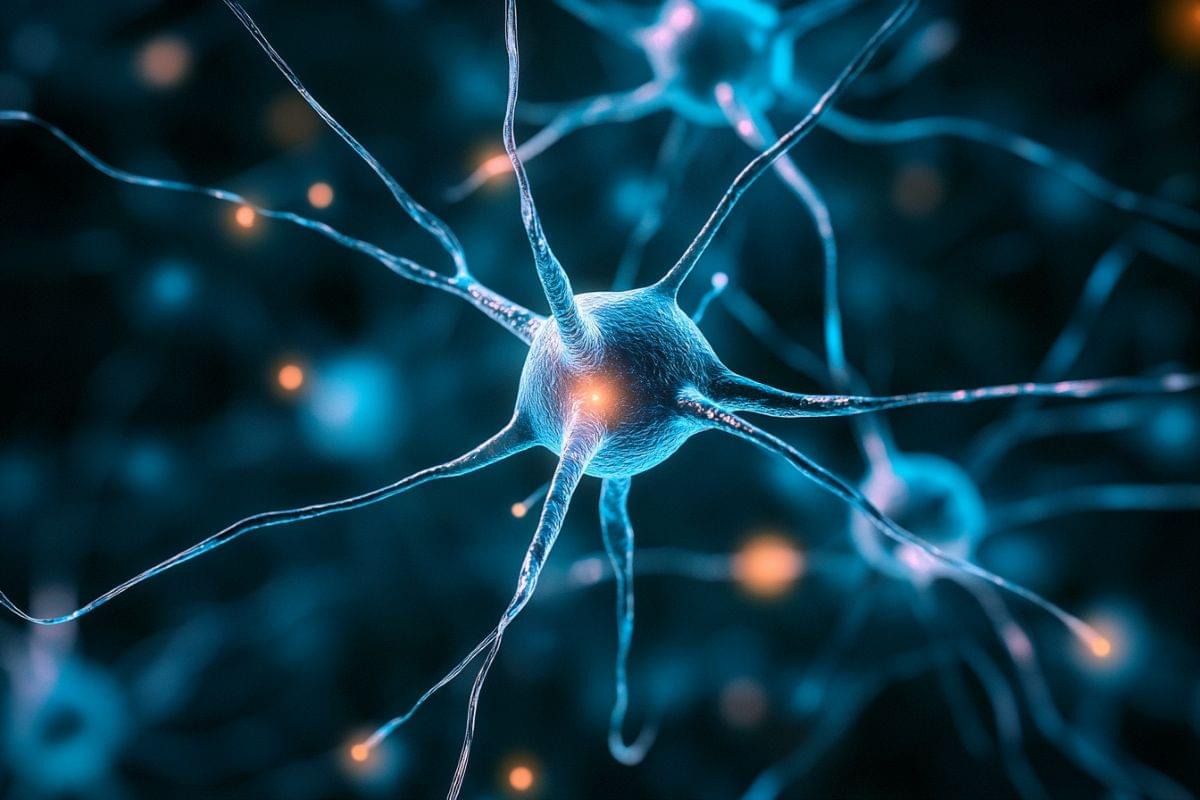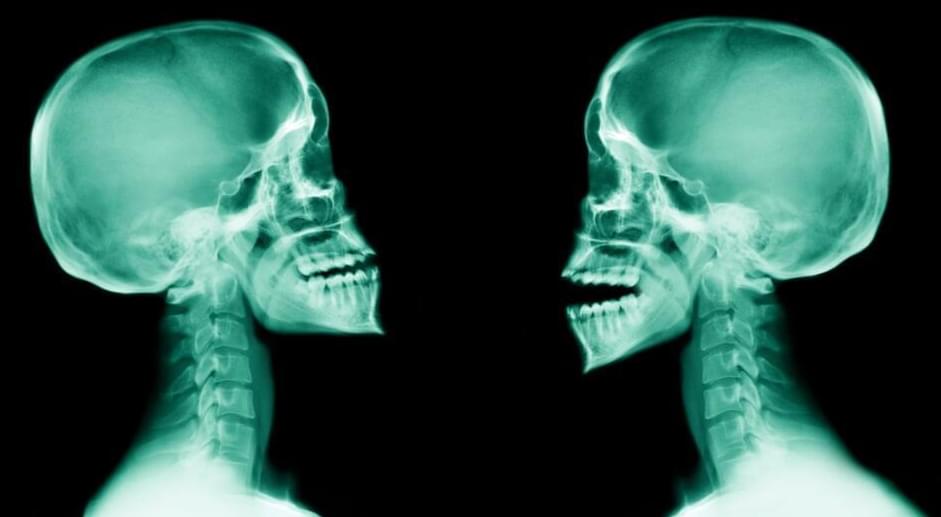A research team has identified different subtypes of white matter (WM) astrocytes, including a unique type with the ability to multiply and potentially aid in brain repair. Using single-cell RNA sequencing and spatial transcriptomics, the scientists mapped astrocyte diversity across different brain regions and species, providing the first detailed molecular profile of WM astrocytes.
The team was led by Dr. Judith Fischer-Sternjak from Helmholtz Munich and Ludwig-Maximilians-Universität (LMU) München, alongside Prof. Magdalena Götz from Helmholtz Munich, LMU and the Munich Cluster for Systems Neurology (SyNergy). The research is published in the journal Nature Neuroscience.
Unveiling white matter astrocyte diversity Astrocytes, known for their crucial role in supporting neurons and maintaining brain health, have been predominantly studied in gray matter (GM), which is involved in information processing. However, white matter astrocytes, which support long-range neural connections, remain poorly understood. This study fills a major knowledge gap by showing that WM astrocytes are not a uniform population but consist of distinct subtypes with specialized roles.
